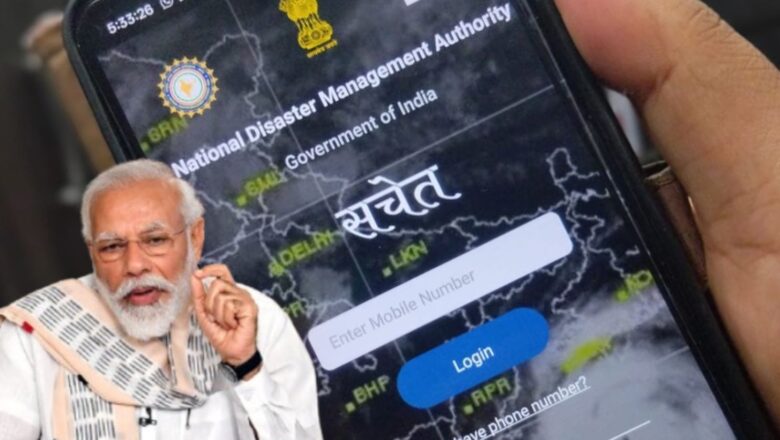
EU–India Launch €41 Million Green-Tech Drive: Focus on Ocean Health and Hydrogen Innovation
In a significant step toward deepening bilateral cooperation and tackling global environmental challenges, the European Union and India have jointly announced two landmark initiatives under the EU-India Trade and Technology Council (TTC). With a combined investment of €41 million, the projects aim to address marine pollution and accelerate development in hydrogen-based clean energy technologies, showcasing a shared commitment to sustainable innovation and geopolitical partnership.
Research & Innovation: A New Chapter in EU–India Collaboration
Backed by the EU's Horizon Europe programme and Indian ministries, the two projects mark a major milestone in international scientific cooperation. By uniting researchers, startups, and industries from both regions, the initiatives aim to de...









